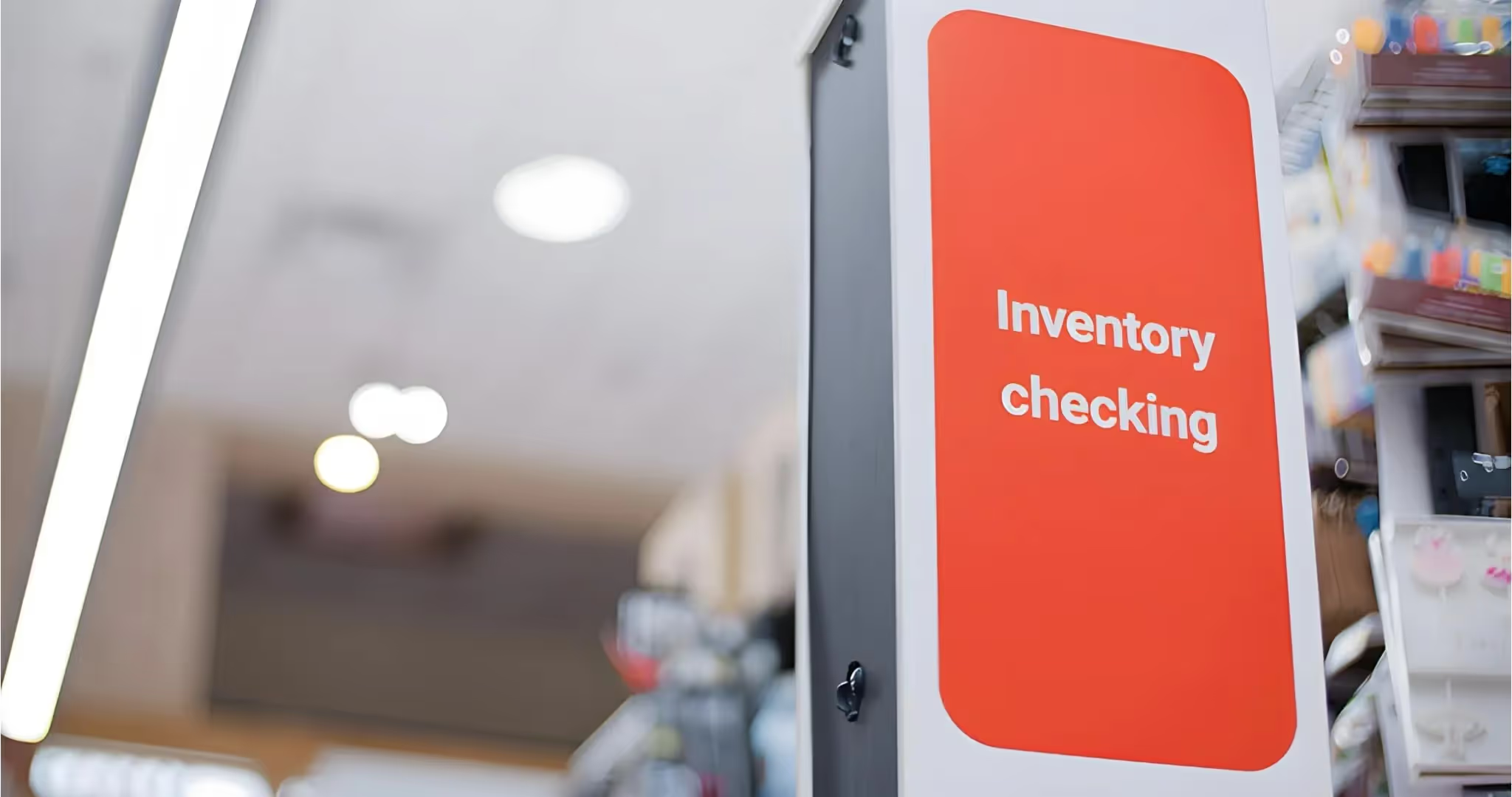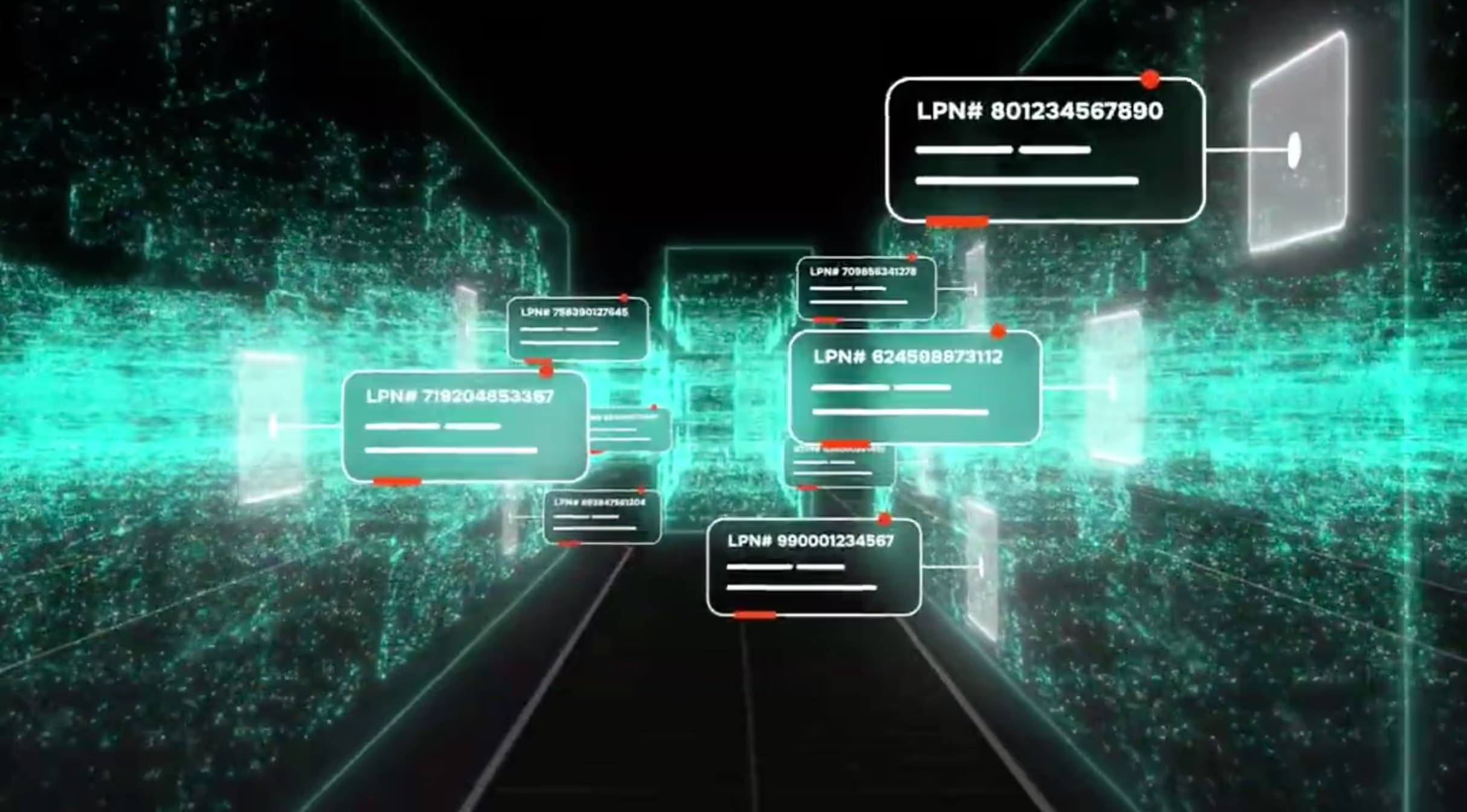August 27, 2024
•
Scanner
•
Article
How robots unlock RFID’s true potential
Robots address the key challenges of RFID implementation: consistency, frequency, and coverage. By automating the RFID scanning process, retailers can harness the full power of this technology for inventory accuracy, massively improved efficiency, and better customer experiences across all retail channels.

Summary
How do robots unlock the true potential of RFID in retail operations?
Robots address the key challenges of RFID implementation: consistency, frequency, and coverage. By automating the RFID scanning process, retailers can harness the full power of this technology for inventory accuracy, massively improved efficiency, and better customer experiences across all retail channels.
- RFID: The foundation of modern inventory management
- Where and why RFID is helpful to retailers
- The challenges of integrating RFID
- How robots address RFID challenges
- The impact of robotic RFID on retail operations


